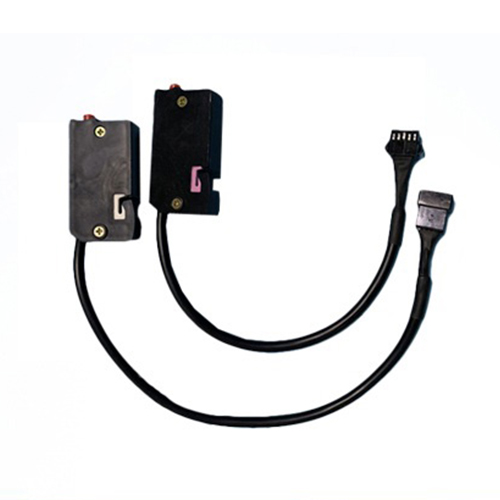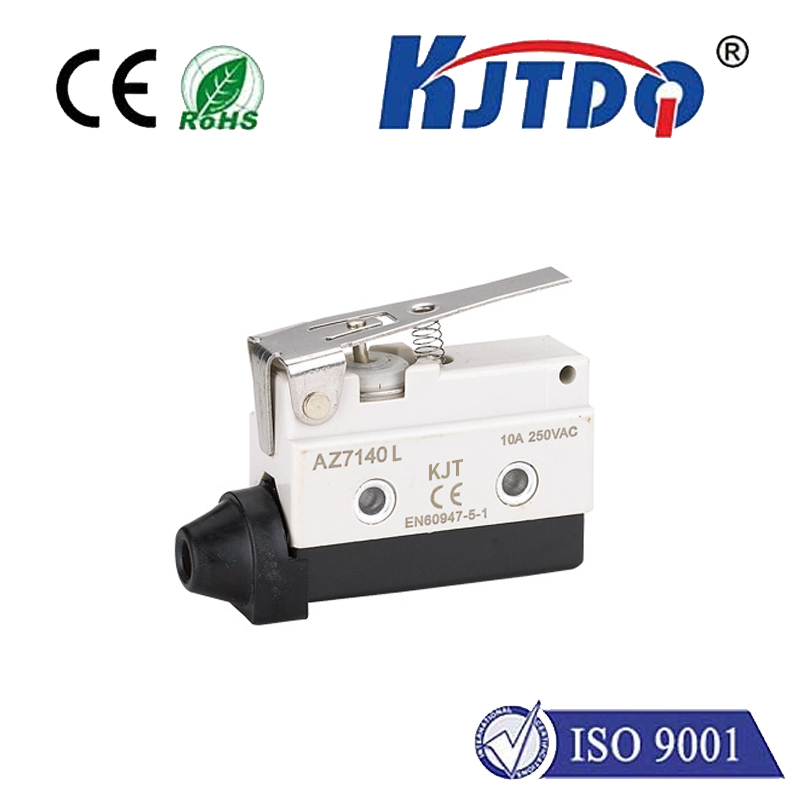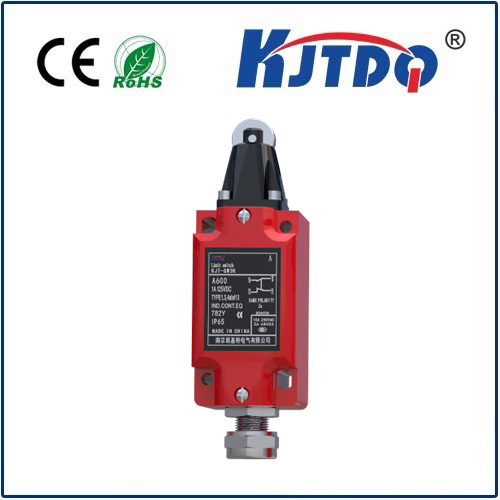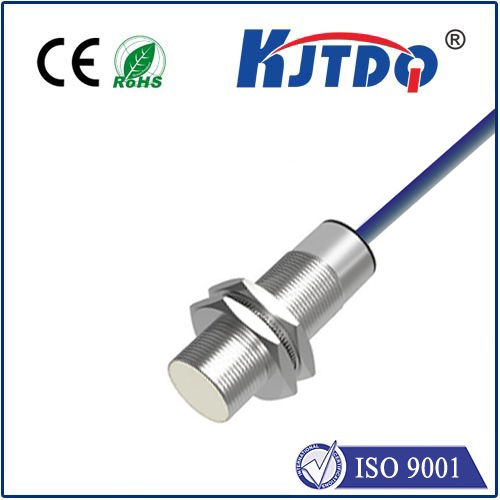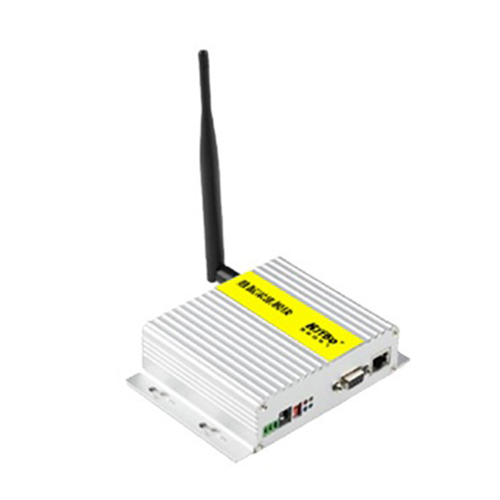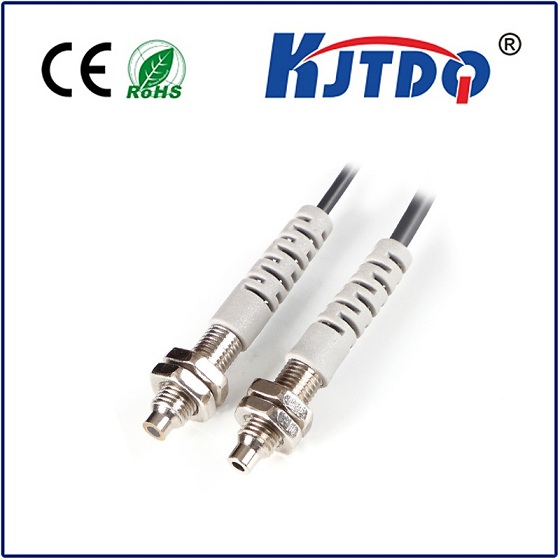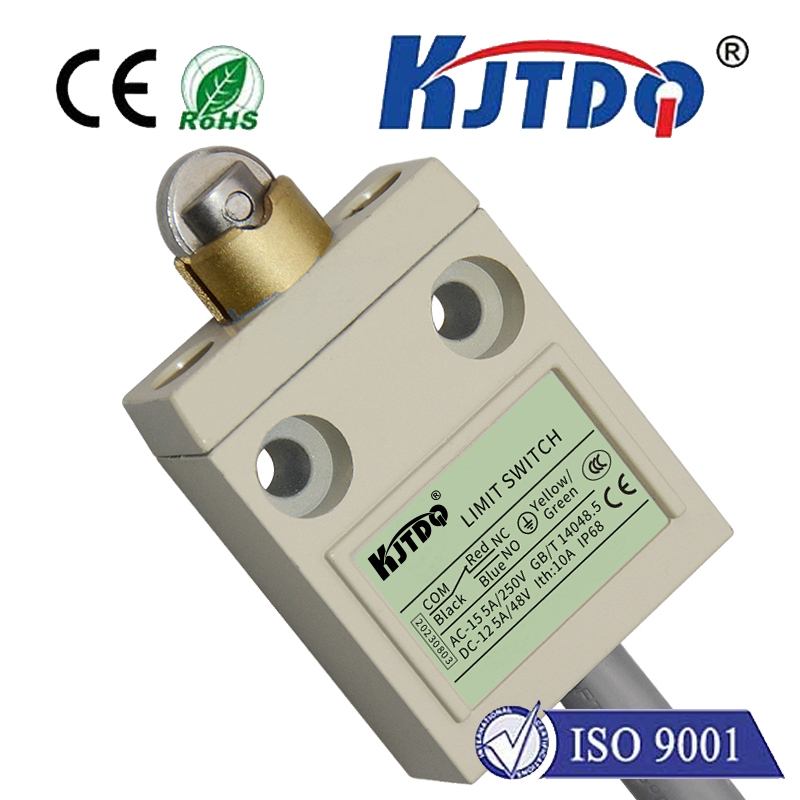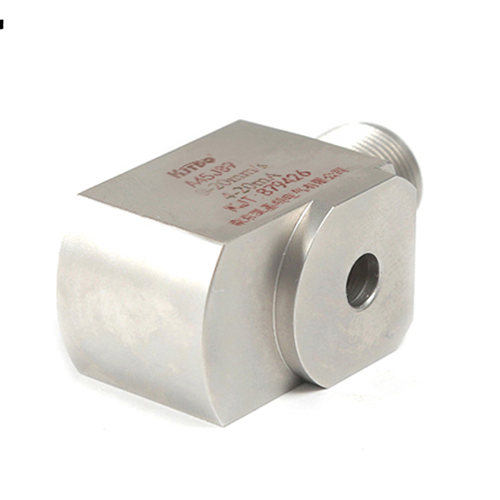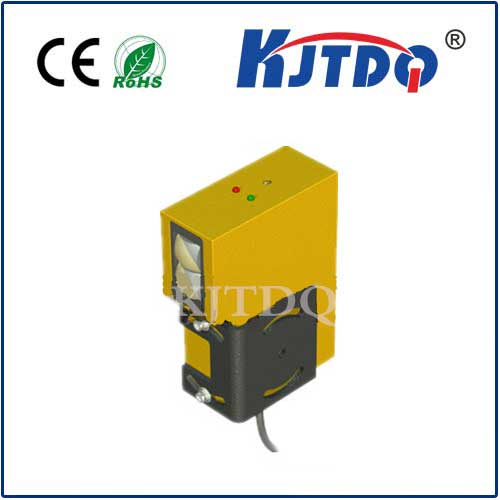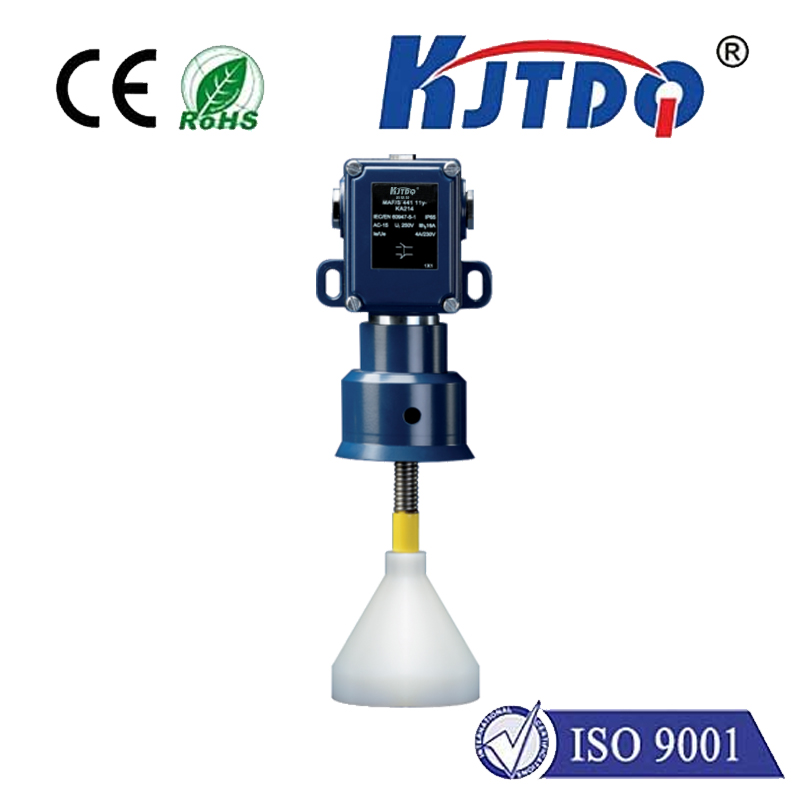

check

check

check

check

check

check

check

check

check

check
Hydrogen. The universe’s most abundant element holds immense promise as a clean energy carrier, powering everything from fuel cell vehicles to industrial processes. Yet, its tiny molecular size and highly flammable nature (flammable in air at concentrations as low as 4%) pose significant safety challenges. Reliable, rapid, and continuous leak detection is not just desirable; it’s imperative. This critical need has propelled optical hydrogen sensors from niche technology to the forefront of safety innovation, offering a fundamentally different and highly advantageous approach to monitoring this vital gas.
The Invisible Threat: Why Hydrogen Detection Matters
Unlike gases with distinct odors, hydrogen is colorless, odorless, and tasteless. A leak can rapidly accumulate, creating an unseen explosive hazard. Traditional detection methods, primarily electrochemical and catalytic bead sensors, have served industries for decades. However, they face limitations:
These drawbacks underscore the need for a more robust, intrinsically safer, and longer-lasting detection technology. Enter the realm of optical sensing.
Illuminating the Solution: How Optical Hydrogen Sensors Work

The core principle of an optical hydrogen sensor revolves around light-matter interaction. Instead of inducing a chemical reaction or electrical current change, these sensors detect hydrogen by measuring alterations in the properties of light traveling through a specialized sensing element. Two dominant technologies lead the field:
Fiber Bragg Grating (FBG) Based Sensors: Here, a short segment of optical fiber is modified to create a fiber Bragg grating – a periodic variation in the fiber’s refractive index. This grating acts like a selective mirror, reflecting a specific wavelength of light (the Bragg wavelength) while transmitting others. The sensing element is coated with a thin film of a hydrogen-sensitive material, typically palladium (Pd) or palladium alloys. When hydrogen molecules interact with this film, they are absorbed, causing the material to swell. This swelling strains the optical fiber, shifting the Bragg wavelength reflected. By precisely measuring this wavelength shift, the sensor accurately determines the concentration of hydrogen present. The absence of electrical components at the sensing point makes FBG systems intrinsically safe (IS) for explosive atmospheres.
Tunable Diode Laser Absorption Spectroscopy (TDLAS): This technique leverages the unique way hydrogen molecules absorb specific wavelengths of infrared (IR) light. A precisely tuned laser diode emits light at a wavelength known to be absorbed by hydrogen. This light travels down an open path or through a gas sampling cell. A detector on the other side measures the intensity of the transmitted light. The greater the concentration of hydrogen in the path, the more light is absorbed. By quantifying this absorption, TDLAS provides highly accurate, quantitative measurements of hydrogen concentration. This method excels in applications requiring long-distance monitoring or detecting leaks over large areas.
The Brilliant Advantages: Why Optical Sensors are Gaining Traction
Optical hydrogen sensors offer a compelling set of benefits addressing the limitations of traditional methods:
Where the Light is Needed: Leading Applications
The unique strengths of optical hydrogen sensors make them ideal for demanding applications where safety, reliability, and longevity are paramount:
The Road Ahead: Bright Prospects
While optical hydrogen sensor technology represents a significant leap forward, challenges remain in areas like cost-competitiveness for simpler applications and further optimizing sensor materials to enhance speed and sensitivity across all environments. Ongoing research focuses on novel nanostructured materials, advanced interrogation techniques, and miniaturization. However, the trajectory is clear. As the global hydrogen economy accelerates, the demand for robust, intrinsically safe, and highly reliable detection solutions will only intensify. Optical sensing is poised to become the gold standard for mission-critical hydrogen safety, illuminating the path towards a safer and more sustainable hydrogen-powered future. Their ability to provide continuous monitoring without inherent safety risks positions them as indispensable guardians in high-stakes environments.
